Jericho
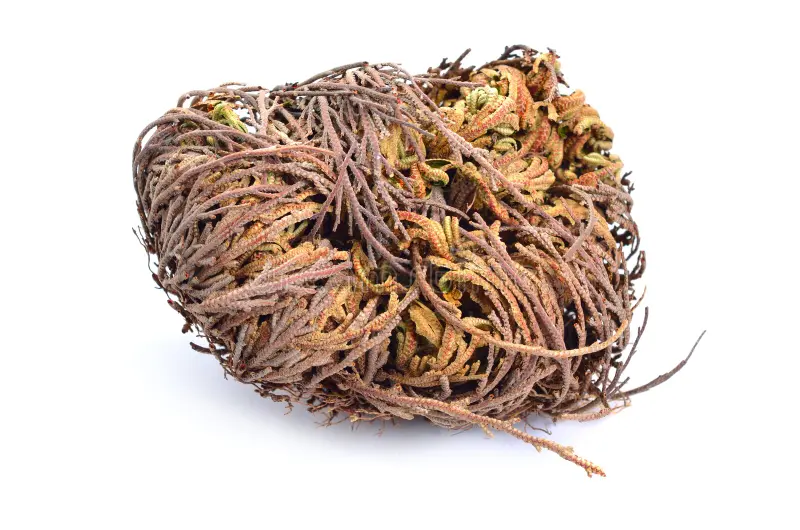
Jericho, also known as Rose of Jericho or Anastatica hierochuntica, is a fascinating plant known for its remarkable resurrection abilities and distinctive appearance. This plant is native to arid regions and has been valued for both its unique characteristics and its role in various traditional practices.
Size:
Jericho plants are typically small, ranging from 4 to 8 inches (10 to 20 cm) in diameter when fully expanded. When dry, they can shrink to a compact, dormant form.
Color:
The plant exhibits a range of colors from green when hydrated to brown and shriveled when dry. The change in color is due to the plant’s ability to enter a dormant state during dry periods.
Leaves:
Jericho has small, feathery, and curled leaves that appear green and lush when the plant is hydrated. These leaves dry up and curl inward when the plant enters dormancy.
Flowers:
Jericho is not primarily known for its flowers, as it is more recognized for its unique foliage and resurrection properties. However, it may produce small, inconspicuous flowers when conditions are favorable.
Fragrance:
The plant itself does not have a significant fragrance. Its appeal lies in its visual characteristics and unique lifecycle rather than in any aromatic qualities.
Blooming Season:
Jericho does not have a traditional blooming season like many other plants. It primarily thrives during periods of hydration and becomes dormant during dry conditions.
Habitat:
Jericho is native to desert regions, including parts of the Middle East and North Africa. It thrives in arid, sandy soils with infrequent rainfall, showcasing its ability to survive extreme conditions.
Cultural Significance:
Jericho is often associated with resurrection and renewal due to its ability to revive from a dry, dormant state. In various cultures, it symbolizes resilience, hope, and the promise of new beginnings. It is used in traditional rituals and as a decorative plant in spiritual practices.
Spiritual Properties
- Revitalization: The plant’s remarkable ability to come back to life after drying out is seen as a metaphor for personal growth and revitalization. It is used in rituals and meditations focused on personal renewal and overcoming adversity.
- Protection: Jericho is also associated with protection and safeguarding. In some traditions, it is believed to offer spiritual protection and assist in removing negative energies.
- Resilience and Renewal: Jericho is a symbol of resilience and renewal, representing the ability to overcome challenges and emerge stronger. It is often used in spiritual practices to invoke a sense of hope and transformation.
Medicinal Properties
- Hydration Support: While not traditionally used for medicinal purposes, Jericho’s ability to survive extreme dehydration has inspired its use in practices aimed at understanding and improving hydration and moisture retention.
- Traditional Remedies: In some cultures, Jericho is used in traditional remedies for its symbolic value rather than specific medicinal properties. It may be included in rituals to promote well-being and resilience.
- Stress Relief: The plant’s role in renewal and recovery can be linked to stress relief practices, where its symbolic use is believed to offer comfort and support during times of stress or transition.
Adverse Actions & Side Effects
- Allergic Reactions: Some individuals may experience allergic reactions when handling Jericho, including skin irritation or rashes. It is advisable to handle the plant with care and discontinue use if any adverse reactions occur.
- Respiratory Issues: In rare cases, dust from the dry plant may cause respiratory issues or irritation. Avoid inhaling the dust and ensure proper ventilation if using Jericho in enclosed spaces.
Side Effects
- Skin Irritation: Direct contact with the dried plant may cause skin irritation in sensitive individuals, leading to redness or itching.
- Dust Sensitivity: The dust from Jericho when it is in a dried state can cause irritation or discomfort if inhaled. It is recommended to avoid inhaling the dust and to use the plant in well-ventilated areas.
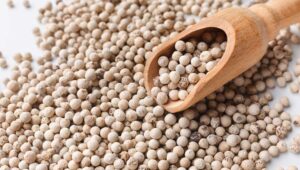
White Peppercorn
White Peppercorn White Peppercorns are derived from the same plant as black pepper, Piper nigrum, but are processed differently. They are fully ripened berries that
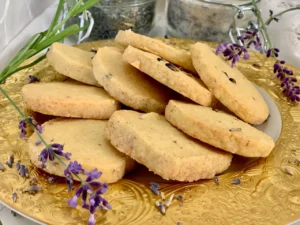
Lavender-Infused Herbal Cookies for Relaxation
Lavender-Infused Herbal Cookies for Relaxation These lavender-infused cookies provide a delicious way to relax and unwind. Perfect for a calming snack before bed or a

Recipe Template
Hibiscus Flowers The overall appearance of hibiscus flowers is bold and exotic, making them a popular choice for gardens, decorations, and floral arrangements. Their stunning
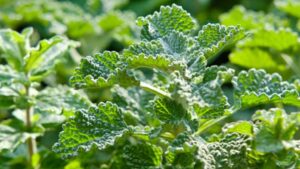
Horehound
Horehound The overall appearance of horehound is distinctive and somewhat rugged, making it a notable herb in both culinary and medicinal applications. With its square
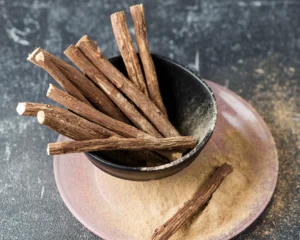
Licorice Root
Licorice Root Licorice Root is a perennial herb renowned for its sweet flavor and numerous health benefits. It has been used in traditional medicine for
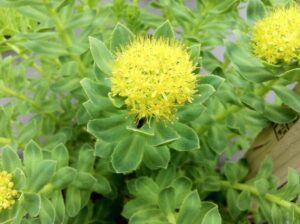
North American Rhodiola Root
North American Rhodiola Root Rhodiola (Rhodiola rosea), commonly known as Golden Root or Arctic Root, is a resilient herb that thrives in the cold, mountainous